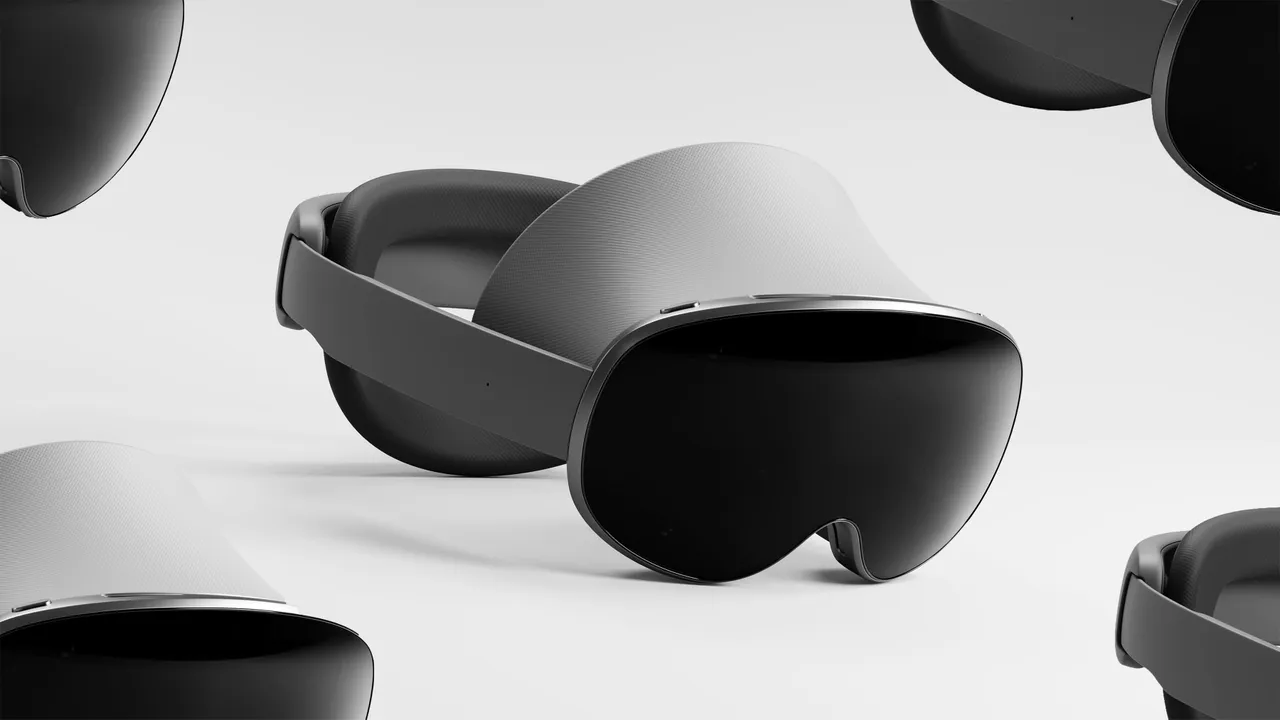In collaboration with Samsung and Qualcomm, Google unveiled Android XR on December 12, 2024. This platform extends reality and enhances how we explore, connect, and create.
Its introduction marks a significant leap into the realm of extended reality (XR), which combines virtual reality (VR), augmented reality (AR), and mixed reality (MR) into a seamless user experience.
Read also: Google announces Google Security AI Workbench
The essence of Android XR
Google’s vision for Android XR is to transcend the traditional rectangular screen of computing devices, which have dominated for decades. Shahram Izadi, Google’s VP of XR, explained that now is the ideal time for XR due to the convergence of multiple technologies, with Gemini AI playing a pivotal role. “The magical thing about XR is that it’s moving computing to a place that’s truly as natural as you can imagine,” Izadi stated.
Headsets and Glasses: Transforming wearable tech
Android XR is tailored for both headsets and smart glasses. Headsets are described as “episodic products” for specific immersive activities, like watching sports where Gemini could provide real-time analysis of plays. In contrast, glasses are seen as “all-day products” that integrate AI assistance into everyday life, offering directions, translations, and contextual information through a heads-up display.
The technology behind these AI glasses, including advancements in display miniaturisation, promises a future where devices are more portable and less obtrusive. They will resemble ordinary eyewear while still delivering powerful computational capabilities.
How Gemini AI powers Android XR
Gemini AI is at the heart of Android XR, processing multiple input signals like human senses. This AI integration allows intuitive interaction with the environment and offers personalised assistance. For example, users can ask Gemini for help with cooking, navigating, or even hanging shelves, receiving real-time, context-aware responses.
Read also: Google Lens Now Widely Available On Google’s Search Page
The future of daily AI interaction with glasses
The discussion around Android XR suggests redefining daily AI interaction and moving from screen-based to spatial computing. The ability to interact with AI through conversational commands and receive immediate, relevant feedback directly in one’s field of view could significantly streamline tasks, enhance learning, and open new avenues for entertainment and productivity.
As we stand at the cusp of this technological evolution, Android XR promises to blur the lines between digital and physical realities, making AI an everyday companion. Google’s approach with Android XR, combined with the hardware prowess of Samsung and Qualcomm, sets the stage for what could be one of the most transformative products of this decade.
Whether for entertainment, education, or daily life assistance, Android XR and AI glasses are poised to change how we perceive and interact with our world.
















